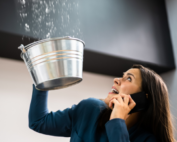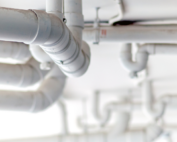Why Sewer Main Line Breaks and Water Line Breaks Happen…
Foremost, Sewage main line and water main line breaks can be devastating to your home and quite costly. These plumbing pipes bring water into your home from the city’s water supply (water main line) and take waste out of your home to the local sewer system (sewer main line). It is very hard to detect breaks and leaks in these lines because they are not visible and buried underground. Having a water line break or sewer line break can happen for many reasons: ground shifts, tree roots, and corroded pipes are some of the most common reasons for a break. In this article, we will describe the best ways to detect these breaks and how we can help you fix them!
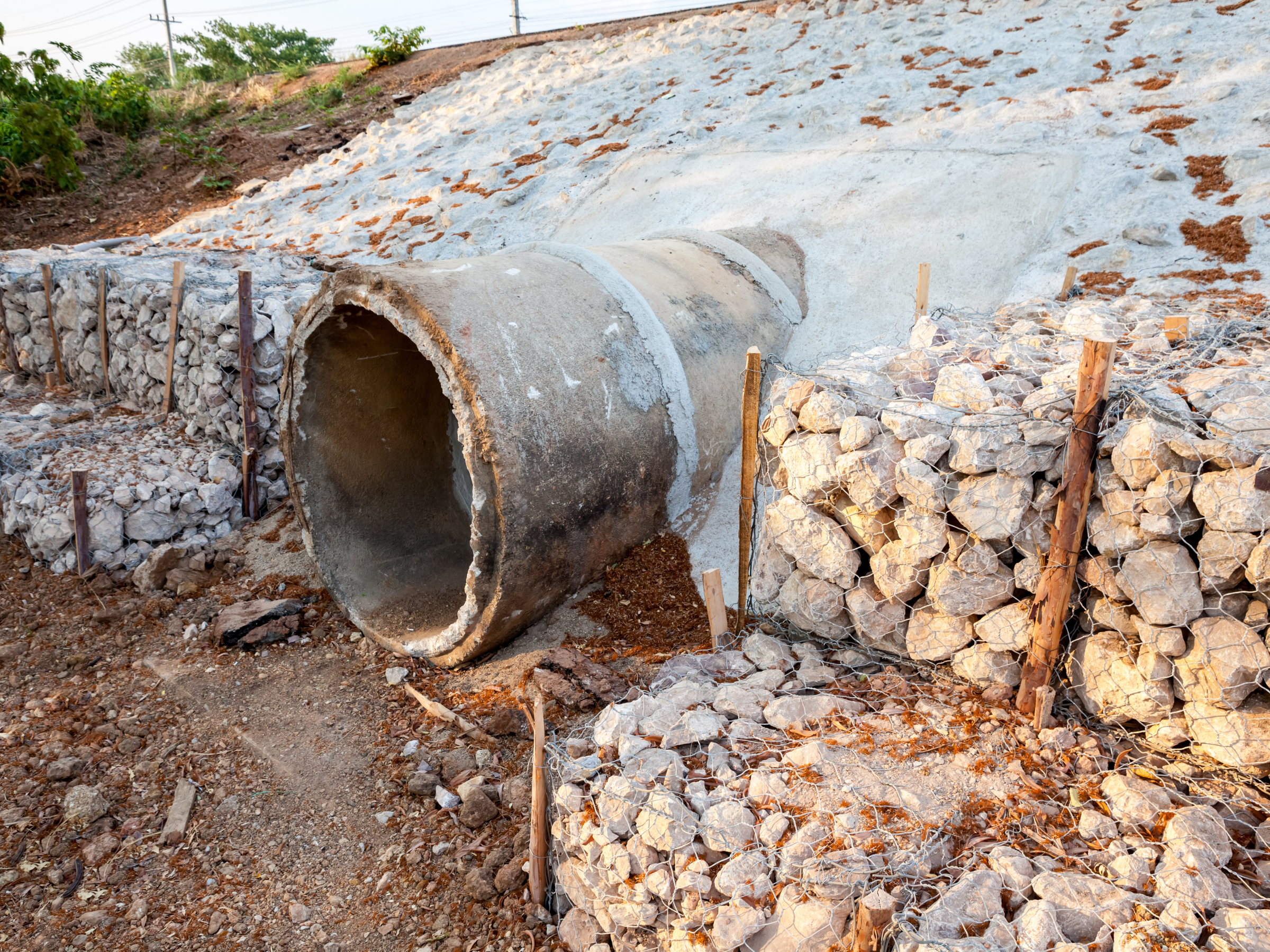
Next, What Causes Water Main Lines and Sewage Main Lines to Break?
Water mains and sewage main lines break for a variety of reasons. Typically, soil conditions and weather conditions are big factors in causing main line breaks. Some common soil and weather factors are…
- Cold temperatures can cause a water line to freeze and put stress on the pipe, causing it to crack.
- Very hot weather can cause the soil to shift and put unneeded stress on the water or sewer line.
- Increased usage due to seasonal water usage can also wear down the pipe and cause it to corrode.
Some other major contributing factors to a main line break include:
- Tree Roots: Overreaching tree roots can grow into your plumbing pipes, causing them to crack.
- Soil Erosion: Nearby construction site excavation work can cause soil to erode and put stress on nearby water and sewer pipes.
- Pipe Age: Once pipes are more than 40+ years old, they have a greater chance of breaking due to age.
- Human Elements: When doing landscaping or home renovations, people many times dig and break water and sewage lines in their yards.
- Pipe Material: Most water and sewer lines installed before 1980 were made out of iron. Iron pipes are more subject to breaks than other materials.
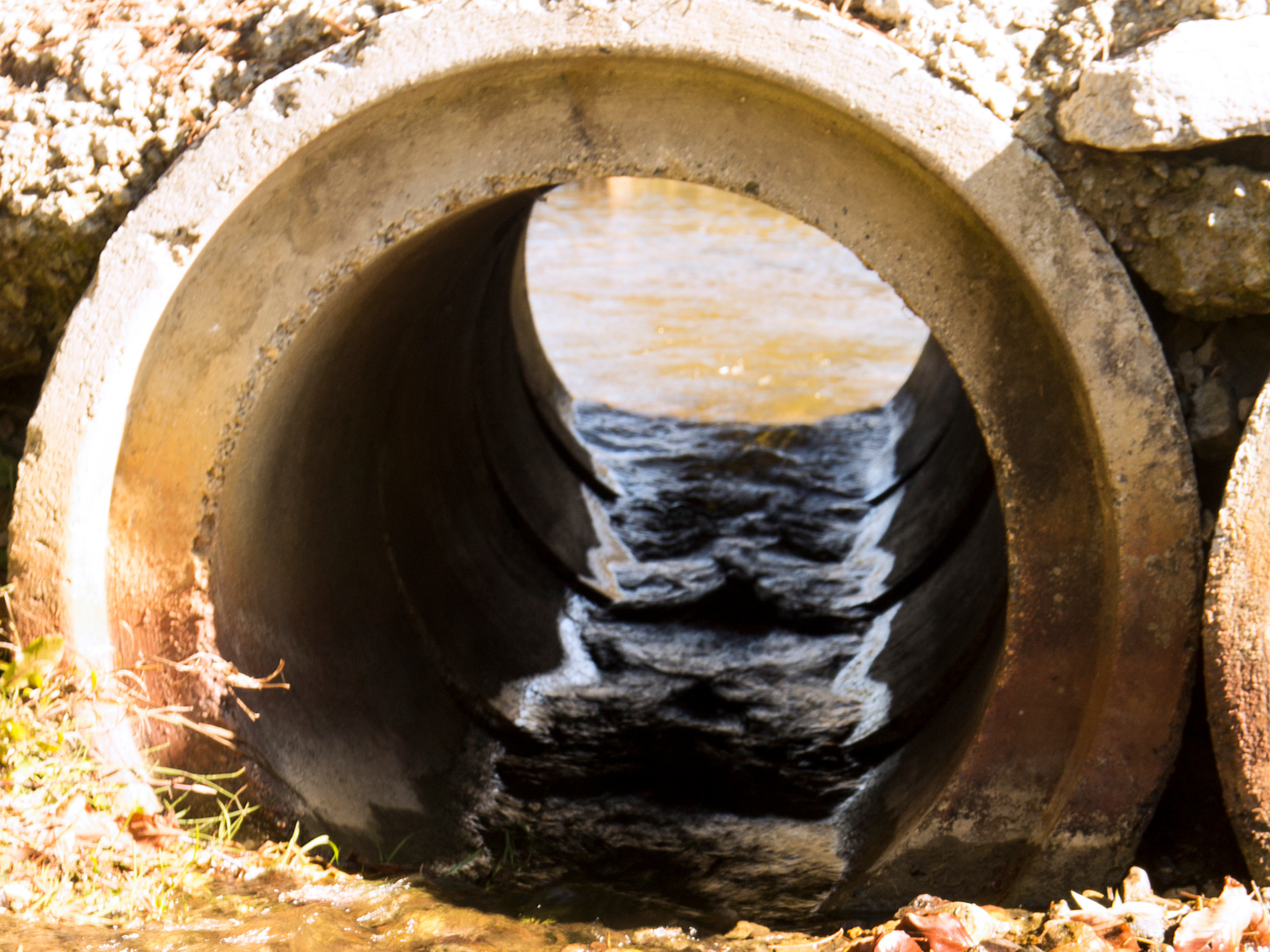
So, What Are Some Signs of a Water Main or Sewage Main Line Break?
Identifying the signs of a water or sewer line break, and calling an emergency plumber, can save you thousands of dollars. Here are some of the more common signs you might have a main line break…
- Water in Your Yard: Unexplained puddles of water in your yard, or even sink holes, are a great indicator that your water pipes or sewer lines are cracked.
- Dripping Inside Your Home: If you notice that the water pipes coming into your home are wet, or dripping, it could be a sign that you have a water line problem.
- Wet Dry Wall: If you notice that the walls are wet near where the water main lines come into your home, this is a key sign that you have a water pipe burst.
- Low Water Pressure: If you notice low water pressure in your showers or sinks, it could be a sign that you have a water leak somewhere that is causing a de-pressurization of your water.
- Drainage Problems: If your sinks, toilets, bathtubs, and other drains are not emptying properly, you could have a larger problem within the sewer line.
- Mold or Bad Odors: If you are noticing mold in your basement, it could mean a water line leak. If you smell bad odors, it could be an indication of a sewer line leak.
What Kind of Damage Can a Sewer Main Line or Water Main Like Break Cause?
If not caught and addressed immediately, these types of main line breaks can cause a lot of damage in your home and can be quite costly. A water leak in your basement, or concrete slab, could cause damage dry walls, ruined carpets, and create mold. Here are some things you need to do if you have a sewage leak or water leak in your home:
- Shut-off the water main line to stop the leak.
- Open all of the faucets to drain the plumbing lines.
- Open the windows and doors to vent your home.
- Pour small amounts of chlorine in standing water to prevent mold growth.
- Keep children and pets safe.
- Remove dry items.
- Take pictures to document any damage for insurance.
After the plumber is able to solve the water leak or sewage problem, the second step is clean-up. This is typically performed by a water restoration company, contractor, or the plumbing company. Here is a great article to help you decide who to use.
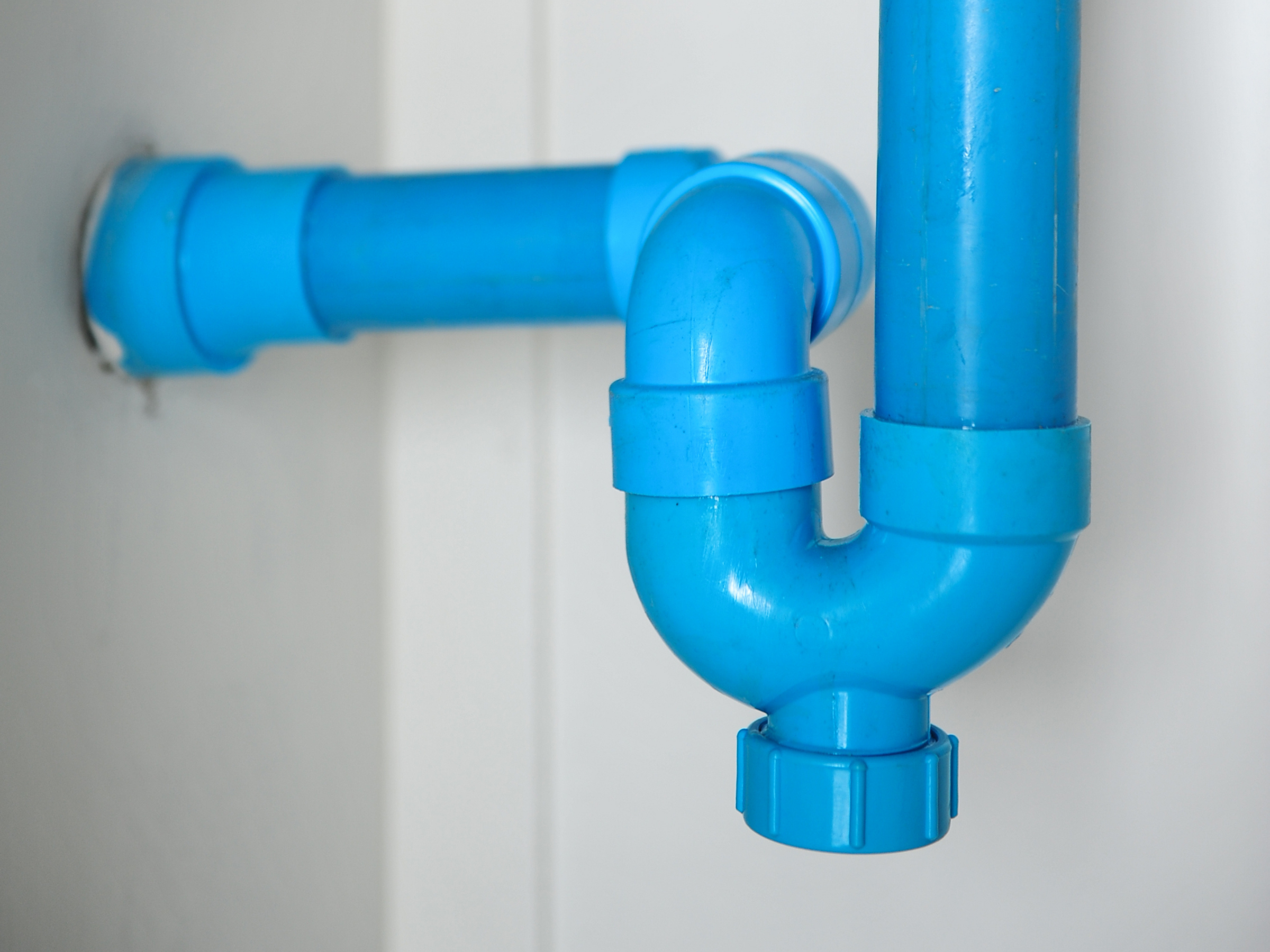
So, How Can bluefrog Plumbing + Drain of Orange County Help?
Some Orange County homeowners choose to deal with household floods or sewage problems themselves. This can be costly if you do not know what you are doing, and we suggest that you use a professional plumber. Here are some ways that we can help:
- We can stop the leak to prevent more damage.
- We can identify a hidden leak through our leak detection service.
- We can repair the leak or cracked pipe.
- We can help you with your plumbing insurance claim.
A lot of the signs that we discussed above are indicators that there is a leak in your water main or sewage main line. We have camera inspection technology that can inspect your plumbing system to identify the problems before they happen!
Why Trust Us?
At bluefrog Plumbing + Drain of Orange County, we’ve been serving the plumbing needs of homeowners for many years. The climate in Orange County can vary drastically from beach towns to cities at the foothills of a mountain. When night temperatures drop in the winter in Huntington Beach or Newport Beach, this can cause stress on your pipes, and you can be subject to a pipe break. We service all of Orange County, from Brea, to San Clemente, to Anaheim, and Newport Beach.
We are 100% committed to customer satisfaction. You’re never expecting plumbing disasters to happen, but when they do, we are on call as a 24/7 emergency plumber in Orange County. We also love making our customers happy, and have great reviews from our past customers. Check out our reviews by clicking here.
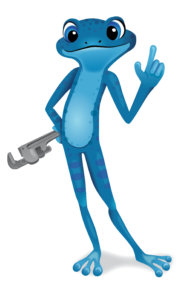
Slab Leaks: A True Plumbing Emergency
Home building following World War II was aggressive, so many houses were built on cement foundations to reduce the time it took to build them and to keep costs at a minimum. They were
How To Extend The Life Of Plumbing Pipes
A plumbing system consists of a complicated series of pipes, fixtures, and appliances that provide the infrastructure to run a well-functioning home. In this article, we will focus solely on plumbing pipes and ways
3 Silent Signs You Have A Plumbing Problem
Some plumbing issues announce themselves with a fury such as a drain backing up with sewage or a burst pipe, while others remain silent and destructive. In this article, we will reveal 3 signs

